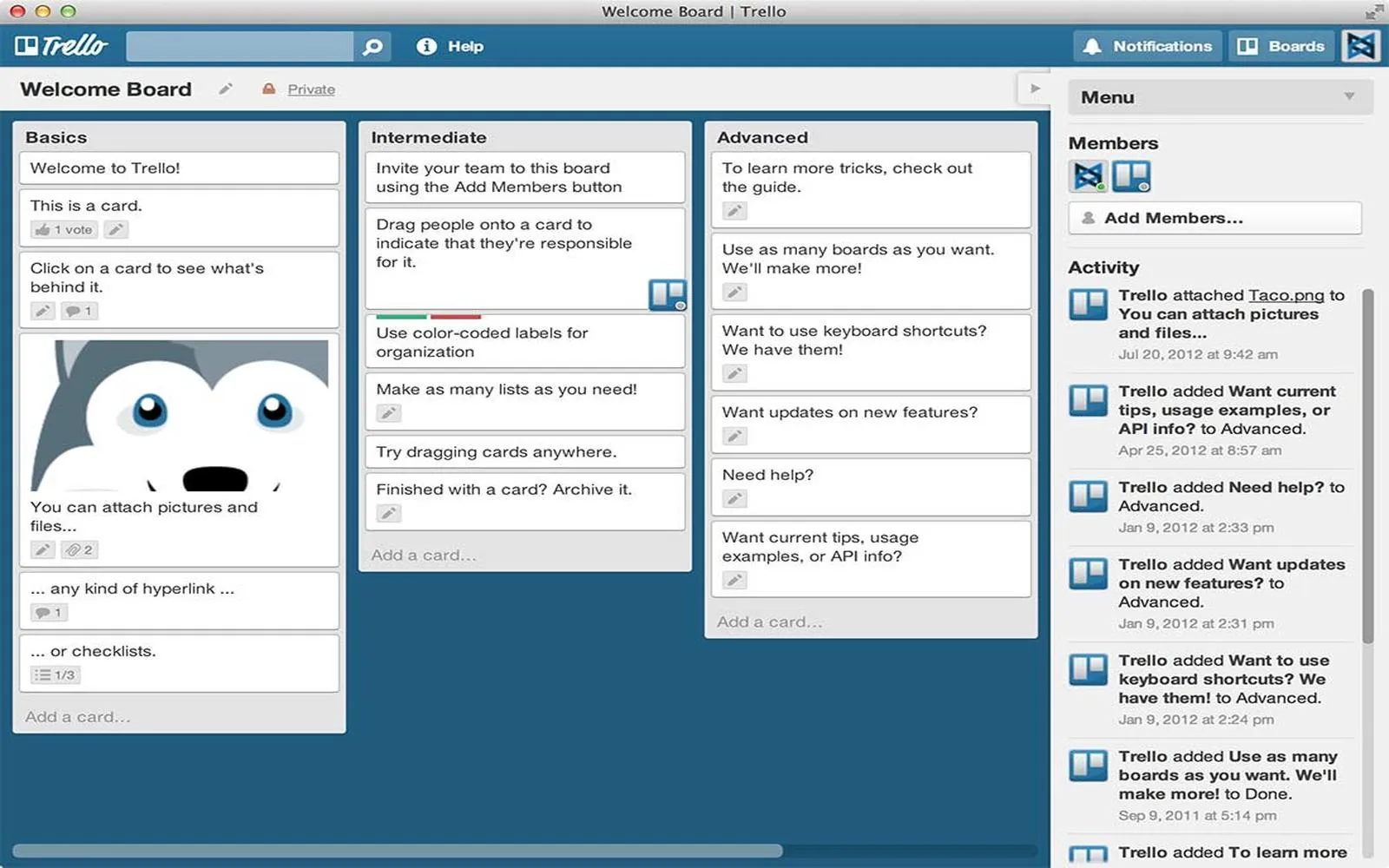Understanding Remote Team Management
Managing a remote team can be both rewarding and challenging. With the rise of technology, companies are increasingly embracing remote work, allowing teams to collaborate from different locations. Effective management is crucial to ensure productivity and maintain a positive team culture. This article will provide tips and strategies to successfully manage a remote team, focusing on key aspects such as communication, collaboration, and performance tracking.
Effective Communication Strategies
Clear communication is the backbone of successful remote team management. Here are some best practices to enhance communication:
- Regular Check-ins: Schedule weekly or bi-weekly video calls to discuss project updates and address any concerns.
- Utilize Communication Tools: Use platforms like Slack, Microsoft Teams, or Zoom to facilitate real-time communication.
- Encourage Open Feedback: Create an environment where team members feel comfortable sharing their thoughts and suggestions.
Collaboration Tools
To enhance collaboration among remote team members, leverage various tools designed for teamwork. Here’s a comparison of popular collaboration tools:
| Tool | Features | Best For |
|---|---|---|
| Trello | Task management, boards for projects | Visual project tracking |
| Asana | Task assignments, deadlines, project timelines | Project management with clear timelines |
| Google Workspace | Document sharing, real-time collaboration | Collaborative document editing |
Setting Clear Objectives and Goals
Establishing clear objectives is vital for remote teams. Here are steps to set effective goals:
- SMART Goals: Ensure that goals are Specific, Measurable, Achievable, Relevant, and Time-bound.
- Align with Company Vision: Make sure team objectives align with the overall company goals to maintain focus.
- Regular Reviews: Conduct regular progress reviews to ensure everyone stays on track and adjust goals as necessary.
Building a Strong Team Culture
A strong team culture fosters engagement and motivation among remote workers. Here are ways to build a cohesive team:
- Virtual Team Building Activities: Organize online games, quizzes, or coffee breaks to encourage social interaction.
- Celebrate Achievements: Recognize and reward team members for their contributions and successes.
- Encourage Work-Life Balance: Promote a healthy work-life balance to prevent burnout and maintain productivity.
Performance Tracking and Feedback
Monitoring performance is essential for remote teams. Here are some effective techniques:
- Key Performance Indicators (KPIs): Define KPIs to measure individual and team performance accurately.
- Performance Reviews: Schedule regular performance reviews to provide constructive feedback and set future goals.
- Use Analytics Tools: Implement tools like Harvest or Toggl to track time spent on tasks and projects.
Leveraging Technology for Remote Work
Technology plays a crucial role in managing remote teams effectively. Here are some essential technologies to consider:
- Project Management Software: Tools like Monday.com and ClickUp help keep projects organized and on schedule.
- Time Management Tools: Use time-tracking tools to monitor productivity and ensure deadlines are met.
- File Sharing Solutions: Utilize cloud storage services like Dropbox or OneDrive for easy access to shared documents.
Addressing Challenges in Remote Team Management
Managing a remote team is not without its challenges. Here are common issues and how to address them:
- Isolation: Combat feelings of isolation by promoting regular communication and virtual meet-ups.
- Time Zone Differences: Be mindful of different time zones when scheduling meetings and set overlapping hours for collaboration.
- Tracking Progress: Use reliable project management tools to track team progress and ensure accountability.
Conclusion
Successfully managing a remote team requires a combination of effective communication, the right tools, and a focus on team culture. By implementing these strategies, you can create a productive and engaged remote workforce. Remember, the key to thriving in a remote work environment is adaptability and a commitment to continuous improvement. As you navigate this landscape, leveraging key insights and tools, such as referrerAdCreative, will further enhance your team's performance and collaboration.





